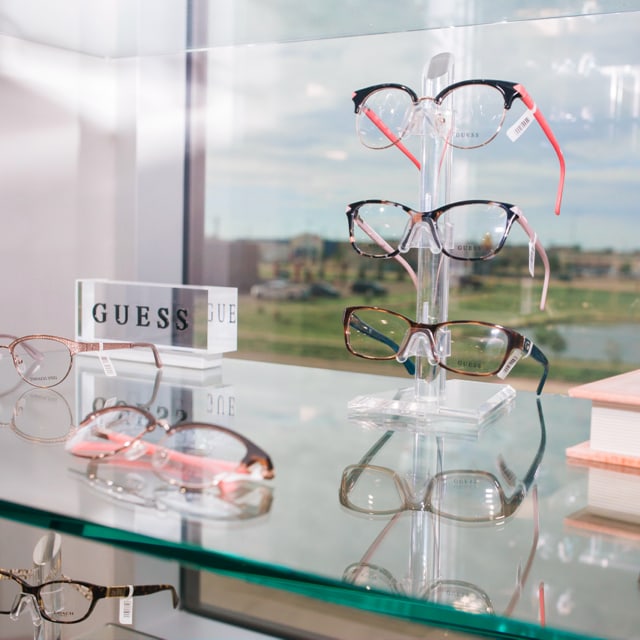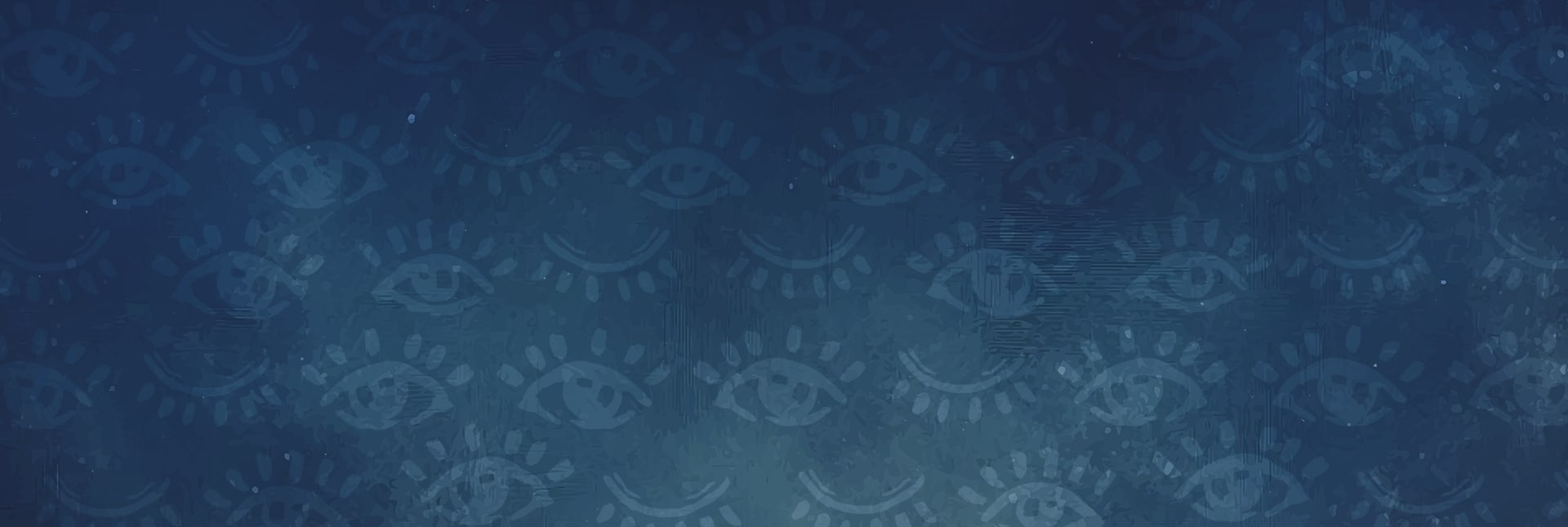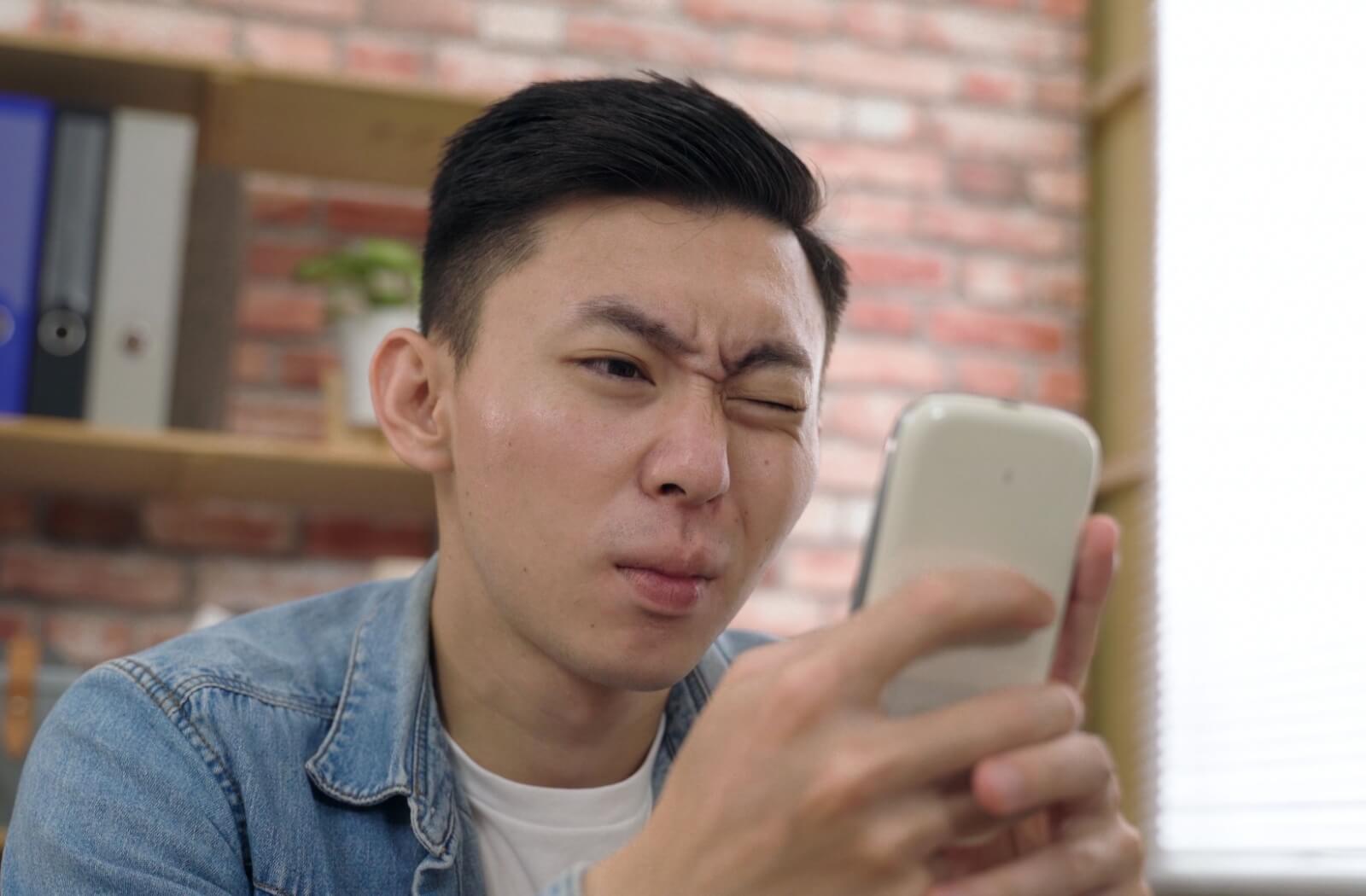Lazy eye can be treated using a variety of tools like vision therapy, prism eyeglasses, and surgery. Treatment is most effective during childhood, but it’s never too late to treat lazy eye!



Lazy eye can be treated using a variety of tools like vision therapy, prism eyeglasses, and surgery. Treatment is most effective during childhood, but it’s never too late to treat lazy eye!
Your eyes are your windows to the world and should be nurtured regardless of your age or physical health. A comprehensive eye exam allows our team to detect, manage, and treat eye issues among children and adults.
From early detection of vision problems in children to managing age-related eye conditions in seniors, our experienced eye doctors provide personalized care for every patient.
Your eye health is our priority, and we are committed to delivering the care you need when you need it most. Trust Prairie Vision to be your partner in eye health for life!

We serve clients of all ages from Wainwright, Viking, Vermilion, Provost, Lloydminster (Alberta), Macklin (Saskatchewan), and the surrounding areas.

We serve clients of all ages from Wainwright, Viking, Vermilion, Provost, Lloydminster (Alberta), Macklin (Saskatchewan), and the surrounding areas.







The reality is that dry eye itself doesn’t directly cause floaters. Nonetheless, the 2 conditions can sometimes be interconnected due to underlying factors within the eye. […]
Intense pulsed light (IPL) treatment for dry eyes is a noninvasive therapy that uses light energy to help reduce inflammation, restore oil gland function, and improve tear quality.
IPL can offer longer-lasting relief by targeting a common root cause of symptoms, meibomian gland dysfunction (MGD).
[…]
Plenty of common reasons for eyelid discomfort include eye strain, dryness, allergies, pink eye, and styes. Understanding the underlying differences in these causes can help you take steps to finding relief and recognize when to see an optometrist. […]
Myopia, often referred to as nearsightedness, is one of the most common refractive errors in the world today. It’s caused by an abnormal development in […]

The reality is that dry eye itself doesn’t directly cause floaters. Nonetheless, the 2 conditions can sometimes be interconnected due to underlying factors within the eye. […]

Intense pulsed light (IPL) treatment for dry eyes is a noninvasive therapy that uses light energy to help reduce inflammation, restore oil gland function, and improve tear quality.
IPL can offer longer-lasting relief by targeting a common root cause of symptoms, meibomian gland dysfunction (MGD).
[…]

Plenty of common reasons for eyelid discomfort include eye strain, dryness, allergies, pink eye, and styes. Understanding the underlying differences in these causes can help you take steps to finding relief and recognize when to see an optometrist. […]

Myopia, often referred to as nearsightedness, is one of the most common refractive errors in the world today. It’s caused by an abnormal development in […]